Like so many industries out there, fly tying is lucky to have two standard measurements for fly tying thread thicknesses. Yes, in an effort to make everything nice and simple, there are TWO standard units of measure, one of which is not entirely standard in the first place. This makes it really easy for the novice fly tier to get more than slightly confused when trying to decide which thread to use when tying certain flies. It kind of makes you wonder, doesn’t it?
The first unit of measure is the ‘ought’ system, which shows thread thickness as a fraction such as 3/0, 6/0, 8/0 and so on. This system was originally developed by the Chenille Company in the 1930 as a measurement of thickness. Zero was set as the base, with more zeros indicating a finer thread. 000000 was written as 6/0, and was deemed six times thinner than the base unit. This works to a degree if you are dealing with the same material, but does not really offer any real suggestion of actual thickness or strength between different materials. Yet, many thread manufacturers have held out with this system throughout the years.
The more sensible form of measurement was the denier system that was adopted by Wapsi Fly Inc in the 1970s. This system came from the textile industry and determines the weight (in grams) of 9000 meters of thread. What results in this system is a simpler to understand measurement that depicts the thread’s weight, but still doesn’t necessarily determine thickness nor strength between different materials.
There has been a shift in recent years away from the aught measurement and towards denier ratings for fly tying threads with Danvilles and UNI changing over many of their lines to the latter. Although neither really determines strength, and that is what most fly tiers really want to know when it comes to threads, the denier system seems a little easier to digest, with the higher number giving a good idea of thread weight and so a relative concept of strength depending on the material. In short, what we really need is a measurement for breaking strain, like the x-rating system for tippet, but until that day, we will all just have to rely on what the YouTube videos tell us what fly tying thread to use for certain flies, or go back to that old friend – instinct.

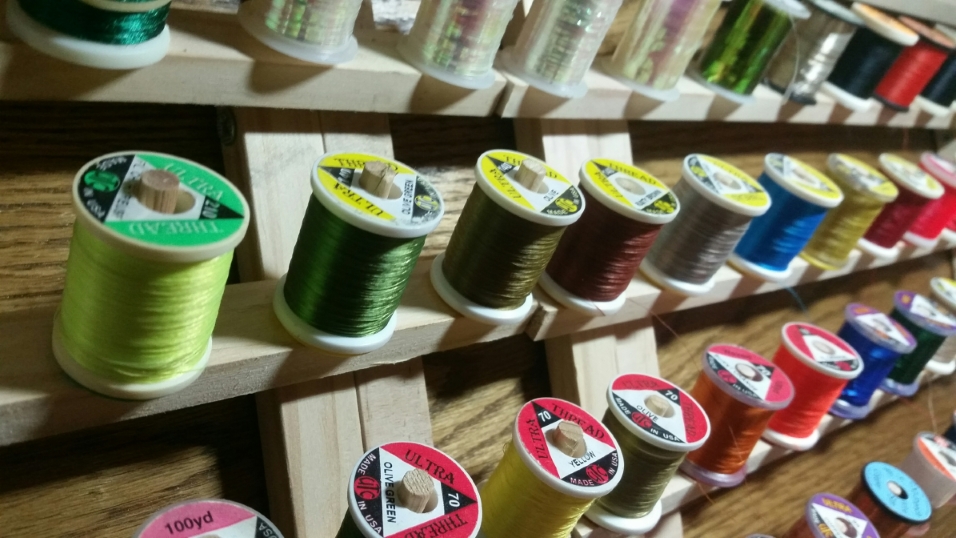
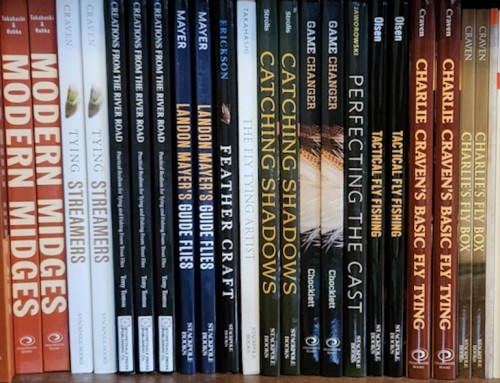
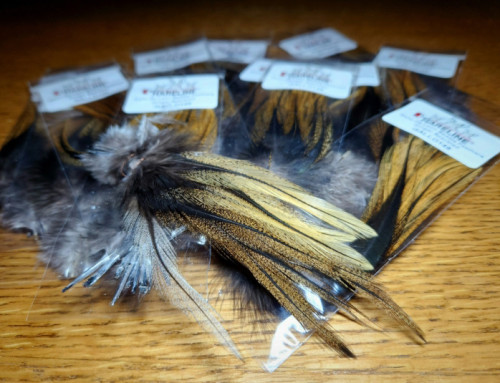
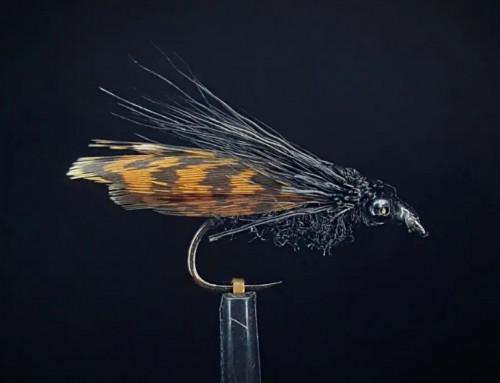
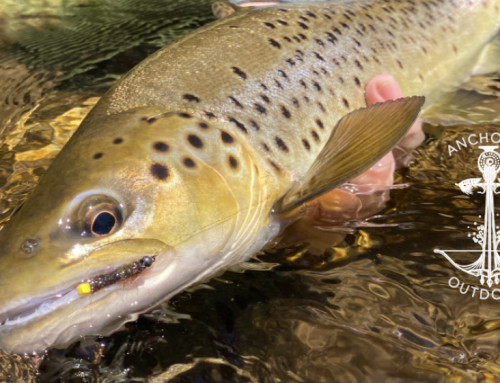
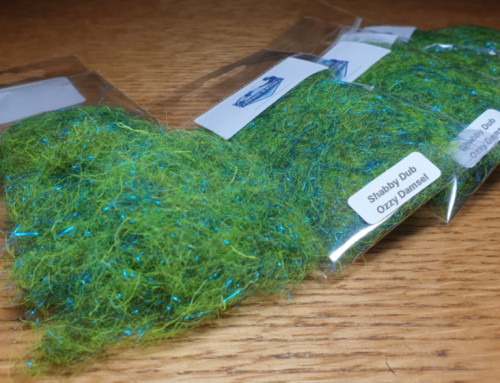
Leave A Comment
You must be logged in to post a comment.